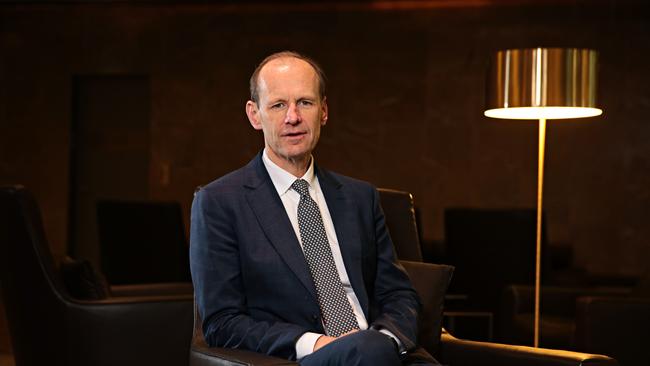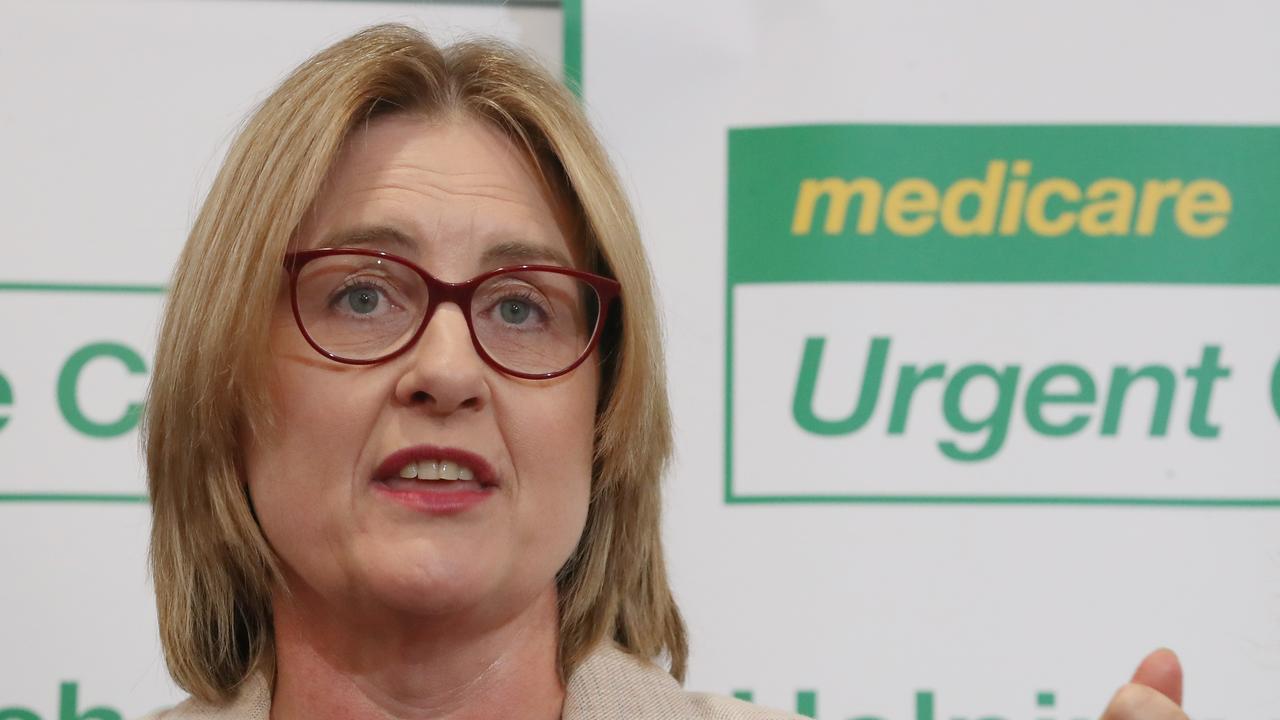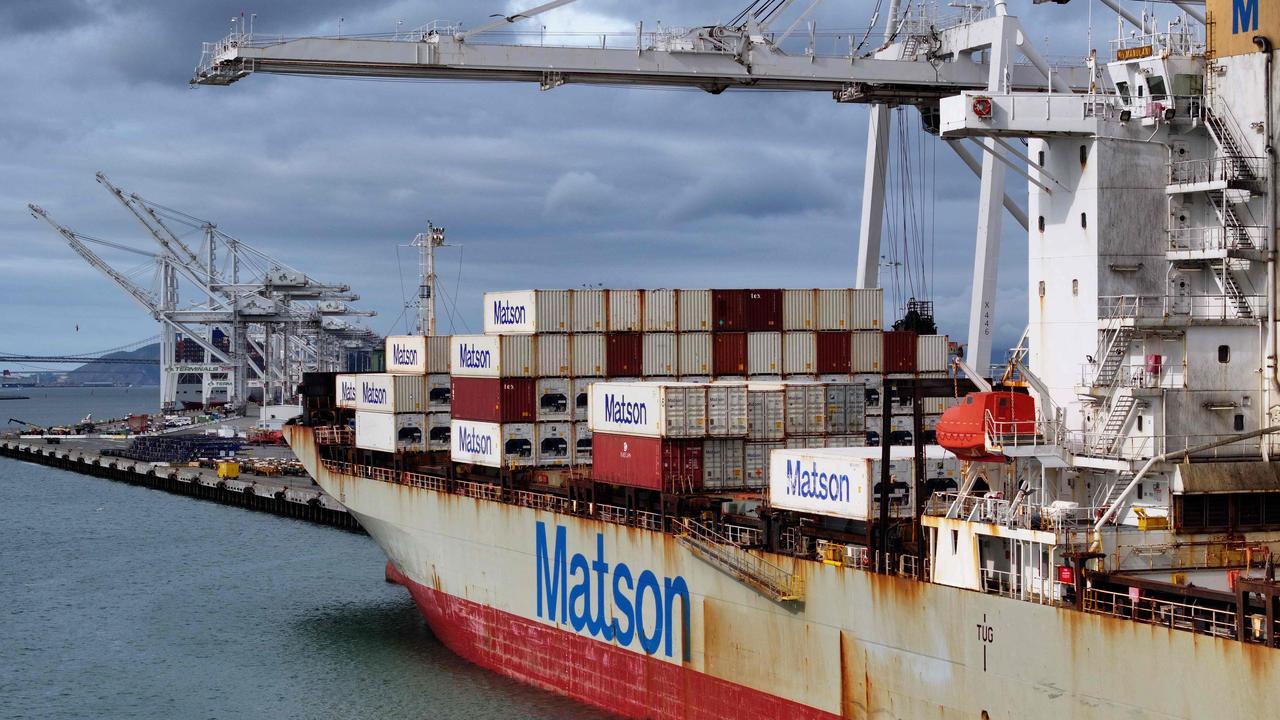The great recalculation of our economic strength
Bank provisions are being reversed and capital management is again up for discussion as the economy stages a remarkable recovery from the depths of COVID-19.

The Reserve Bank’s board meeting at Martin Place in Sydney last September was a bleak affair, with monetary policy effectively exhausted in the face of the biggest economic contraction since the 1930s.
Governor Philip Lowe’s base scenario offered little reason for hope – unemployment would peak at a punishing 10 per cent before the end of the year, which meant the only thing separating the jobless from foreclosure was a benevolent bank.
Less than four months later, the tide of misery has dramatically turned; so much so that banks are now reversing their provisions after frantically building loss-absorbing buffers for an expected wave of defaults.
COVID-19 will now be remembered, among many other things, for The Great Recalculation, not just by the RBA but by the four major banks, as losses morph into profits and discussion turns to the timing of share buybacks instead of capital raisings.
The extraordinary transformation in the national economic outlook, compressed into a few short months, is highlighted in a comparison between the banks’ base economic scenarios in September and December 2020.
The forecasts amount to much more than the musings of an elite group of economists.
Projections spat out by the banks’ economic models play a key role in the calculation of provisions, which affect capital ratios and all-important dividend payments.
On Wednesday, troubled Westpac won plaudits for its $1.97bn cash profit, even though the market is normally cynical about one-off accounting gains like the bank’s $501m impairment benefit.
It was different this time, mostly because the bank revealed that the improved outlook generated about 55 per cent of the reduction in provisions.
Asked to pinpoint the main triggers in the December quarter for the huge upgrade in Westpac’s forecasts, chief executive Peter King nominated the economy’s actual performance and one of his most keenly awaited data points – the number of people employed, as opposed to the number of unemployed.
“We had about 13m employed back in March 2020 and we’re back at 12.9m people employed now,” King said.
“Obviously that has underpinned incomes. Savings rates are higher, spending has been a bit higher, and so the rebound has been a little bit faster than people thought.”
King’s “little bit faster” assessment is a little bit of an understatement.
The accompanying table shows that someone lit a fuse under the three main variables in Westpac’s base case economic scenario – GDP, unemployment and property prices – between September and December.
The same forces aligned for the ANZ Bank trading update on Thursday.
Announcing a $1.81bn cash profit from continuing operations, up 54 per cent on the average of the two preceding quarters, chief executive Shayne Elliott rolled out a net release of $150m in provisions for the December quarter.
This compared to an average charge of $531m in the two previous quarters.
Elliott recalls it was last September that he started to see some light in a COVID-darkened tunnel.
“We still had an extraordinary number of business and home-loan customers on deferral and I’ll be honest – when they came up for renewal we were very surprised,” he tells The Weekend Australian.
“More than 20 per cent of the businesses with deferred loans that we saw in October had more money with us than they did in March.
“They weren’t paying the bank, they weren’t paying staff, so maybe their revenue wasn’t as badly hit as expected.
“It was a similar story with the robustness of home loans.”
Elliott speculates that The Great Recalculation could also have reflected the uniqueness of the pandemic experience.
“None of us has lived through a crisis like it, where the playbook is so different – insolvencies are historically low, unemployment is not as high,” he says.
“I think we misread – or we didn’t understand – the level of government support, which was quite overwhelming and multiples of the support extended in the financial crisis.
“And we underestimated the impact of extremely low interest rates for mortgages and small business loans; it’s essentially free money and has removed a lot of stress from the borrowing economy.
“I don’t mean to jest but it’s hard to go bust in this kind of environment. You can limp along. People have survived.”
Elliott’s comment about record-low interest rates contrasts with the industry’s previous narrative – that the relentless lowering of rates by the RBA only served to erode confidence.
The ANZ chief says he had some sympathy for this argument at the time but now concedes it was wrong.
There were three factors, he says, behind The Great Recalculation.
The first was a massive $314bn in announced government support by the end of last September, equivalent to almost 16 per cent of GDP.
About $106bn went out the door in the first five months of the crisis – an unprecedented torrent in such a short space of time.
Second, rock-bottom interest rates served as a huge buffer for those who would not have made it through in more normal circumstances.
“And finally, there was consumer behaviour,” Elliott says.
“People did exactly what they should have – paid down their most expensive debt and cut non-essential expenses.
“Credit-card debt is way down and deposit levels are way up.”
While National Australia Bank (for the December quarter) and Commonwealth Bank (for the December half-year) both reported buoyant results, they did so without the help of net provision releases.
NAB’s $1.65bn cash profit, up 47 per cent on the average of the two prior quarters, came with a 98 per cent fall in impairments to just $15m.
Chief executive Ross McEwan says there’s “a way to go yet”, but the economy was now expected to return to pre-COVID-19 levels by the middle of this year – 18 months earlier than the bank predicted a year ago.
“Australia is in this fortunate position thanks to the fast and effective work of governments to contain the virus and comprehensively support the economy; to put cash in the system and keep people in jobs,” McEwan says.
“While challenges remain in some sectors, I am optimistic because Australians have proven how resilient they are.
“I have seen, first-hand, so many great examples of businesses adjusting their models to survive, and in some cases they’ve thrived.”
McEwan says consumers are spending more, up more than 5 per cent compared to a year ago and mainly in retail and restaurants.
As a result, business confidence and conditions were improving, with both now sitting above long-term averages.
CBA’s cash profit for the December half-year fell 10.8 per cent to $3.89bn but was broadly flat after COVID-19 impacts and remediation costs.
Chief financial officer Alan Docherty said the top-down macroeconomic numbers were improving but it was too early to start releasing provisions.
Chief executive Matt Comyn describes the economic recovery over the last six months as “remarkable”, citing effective management of the pandemic, “very significant” fiscal and monetary stimulus packages, and the wide range of business and individual support measures put in place by institutions.
“All of these were designed to protect jobs, help businesses to stay open and keep people in their homes,” Comyn says.
Whatever way you look at it, the current unemployment rate of 6.4 per cent pales against the near-10 per cent rate forecast last September for the end of 2020.


